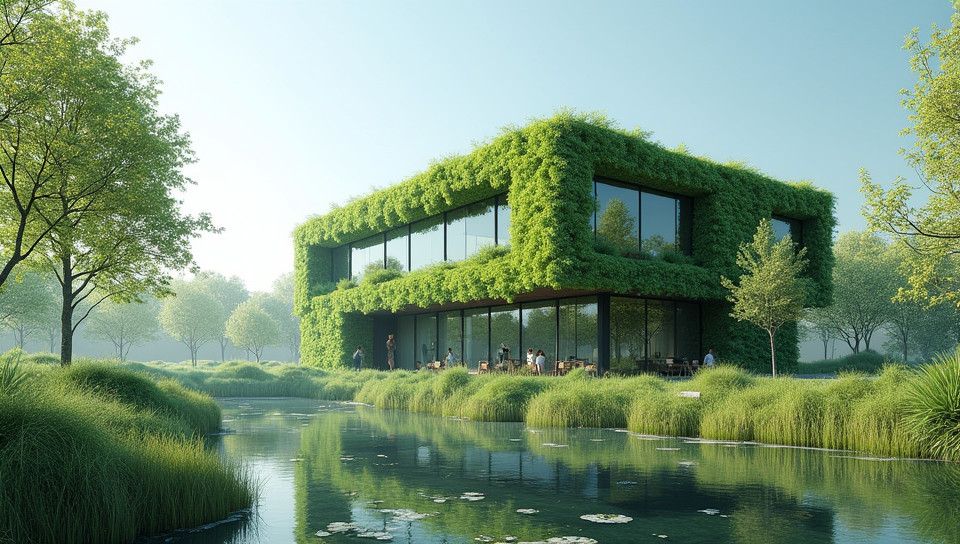Not all green buildings conserve water adequately 96%

The Dark Side of Green Buildings: A Critical Look at Water Conservation
As we strive to create more sustainable and environmentally friendly buildings, the term "green building" has become increasingly popular. These structures are designed to minimize their impact on the environment by reducing energy consumption, waste production, and water usage. However, a closer look reveals that not all green buildings live up to their promise of adequate water conservation.
The Misconception of Green Buildings
Many people assume that green buildings automatically mean low-water buildings. This is not necessarily true. While some green buildings may incorporate advanced water-saving technologies, others may focus more on energy efficiency and material sustainability. As a result, they often overlook the importance of efficient water use.
Water-Conserving Features in Green Buildings
To truly be considered sustainable, green buildings should incorporate various water-conserving features. These can include:
- Rainwater harvesting systems
- Greywater reuse systems
- Low-flow fixtures and appliances
- Drought-resistant landscaping
- Leak detection and repair systems
However, not all green buildings implement these features. Some may rely on more traditional methods of water conservation, which are often less effective.
The Reality Check: Examples from Around the World
A closer examination of existing green buildings reveals a mixed bag when it comes to water conservation. For instance:
- In Australia, some eco-friendly developments have been criticized for their high water consumption due to inefficient irrigation systems and lack of rainwater harvesting.
- In the United States, several LEED-certified buildings have faced scrutiny over their water usage, with some using more water than conventional buildings.
The Need for Improved Standards
Given the disparities in green building performance, it's clear that we need to rethink our approach to sustainable design. Developers and architects must prioritize water conservation alongside other environmental concerns. This can be achieved through:
- Stricter regulations and certifications
- Increased public awareness and education
- Encouraging innovation in water-saving technologies
Conclusion: A Call to Action
The notion of green buildings conserving water adequately is not always a reality. It's time for us to reevaluate our understanding of sustainability and hold developers accountable for their environmental impact. By doing so, we can create truly sustainable buildings that benefit both people and the planet.
- Created by: Ezekiel Domingo
- Created at: Dec. 19, 2024, 1:47 p.m.
- ID: 16815








